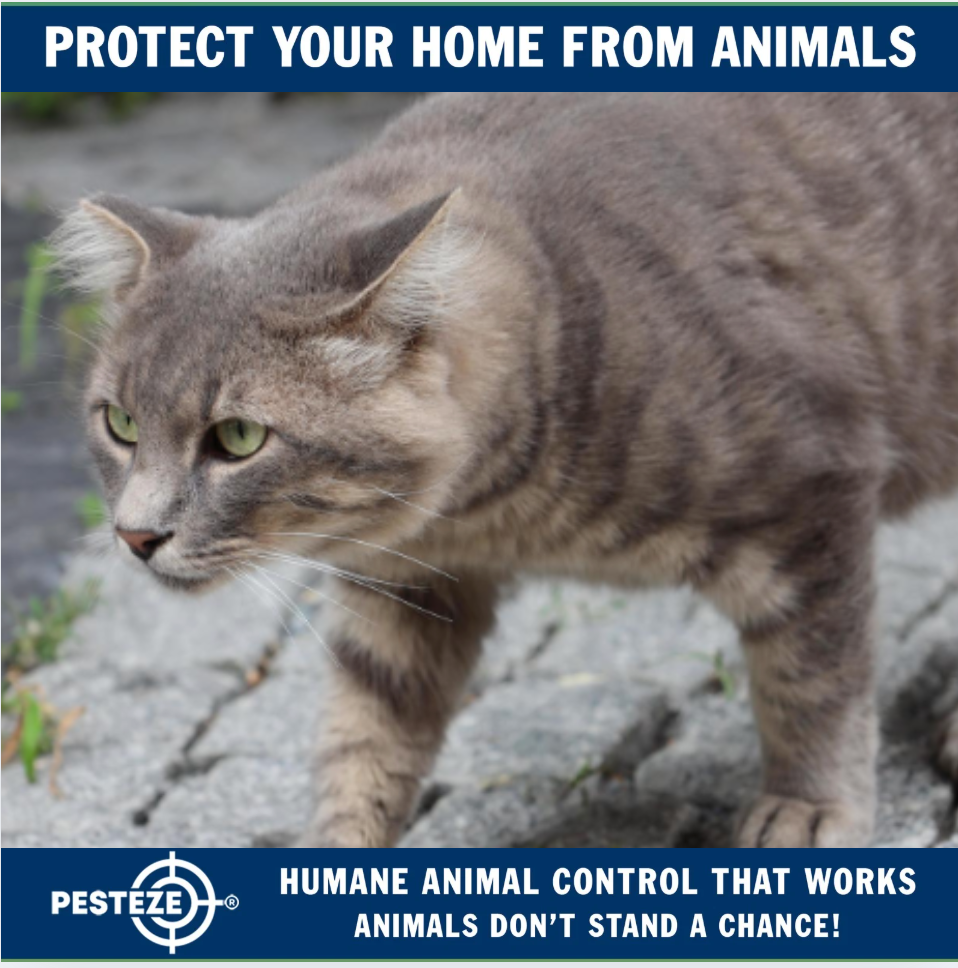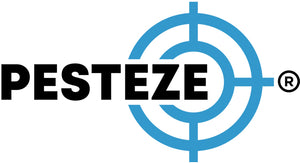HOW TO HANDLE ANIMAL CONTROL IN HIGH-DENSITY AREAS

HOW TO HANDLE ANIMAL CONTROL IN HIGH-DENSITY AREAS
SUMMARY
High-density areas like apartment complexes, townhouses, and urban neighborhoods require specialized animal control approaches due to shared spaces, limited privacy, and strict regulations. This guide provides key strategies for managing animal issues responsibly and effectively.
FEATURES
-
Typical animal concerns in densely populated areas
-
Prevention methods for shared and private spaces
-
Safe, humane, and legal control practices
-
Navigating building policies and local laws
-
When to involve property managers or animal control
DESCRIPTION
In high-density living environments, animal control is a community effort. Issues such as rodent infestations, pigeon overpopulation, and feral cats can quickly affect many households. Residents must focus on collective prevention—like maintaining cleanliness, sealing building access points, and not feeding wildlife. Working with building management and understanding municipal regulations ensures safe, legal, and efficient responses.
COMMON ANIMAL ISSUES IN HIGH-DENSITY AREAS
-
Rats and mice entering through walls or shared pipes
-
Pigeons nesting on ledges or balconies
-
Stray cats or dogs roaming communal areas
-
Insects like cockroaches or ants spreading between units
-
Noise or droppings from wildlife disrupting multiple households
PREVENTION STRATEGIES
-
Seal cracks and shared entry points in walls, vents, and doors
-
Maintain clean shared trash disposal areas
-
Discourage feeding animals, including birds or stray pets
-
Use bird spikes or netting on balconies and rooflines
-
Ensure food is stored properly in individual units
CONTROL PRACTICES
-
Place traps or repellents only in permitted areas
-
Use pest control services that serve entire buildings
-
Report recurring issues to management for coordinated solutions
-
Avoid using poisons or unapproved substances in communal environments
WORKING WITH PROPERTY MANAGEMENT
-
Inform building staff of animal sightings or damage
-
Request building-wide inspections or pest services
-
Follow HOA or lease rules about pet feeding or trap placement
-
Participate in community efforts to improve animal control practices
LEGAL CONSIDERATIONS
-
Know city regulations for trapping or relocating wildlife
-
Avoid interfering with protected species (e.g., certain birds)
-
Report aggressive or diseased animals to local animal services
-
Respect neighbors’ concerns and rights when handling pests
WHEN TO CALL ANIMAL CONTROL OR PROFESSIONALS
-
If there’s a risk to public health or safety
-
For removal of larger animals or birds in hard-to-reach spots
-
When personal efforts are ineffective or not permitted
-
To stay compliant with city and building regulations
- Medha samanu


Comments 0